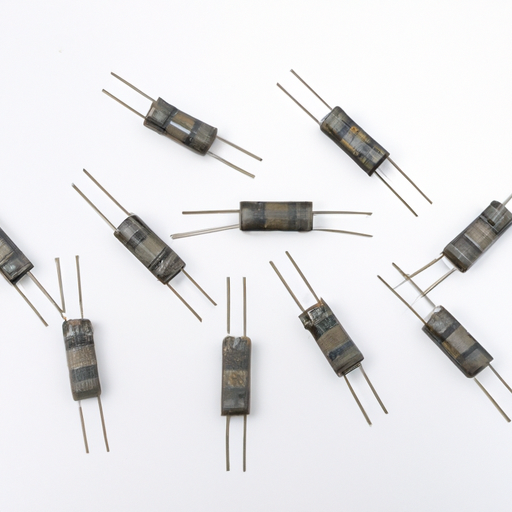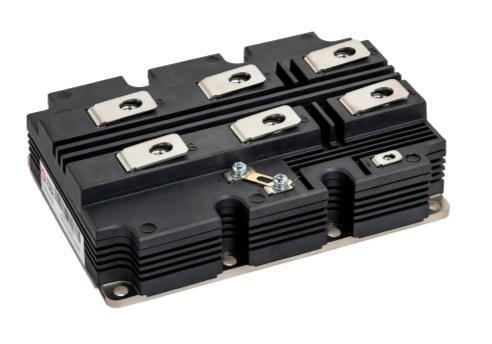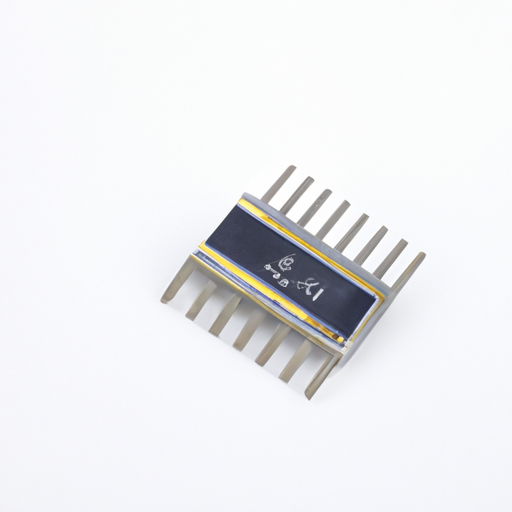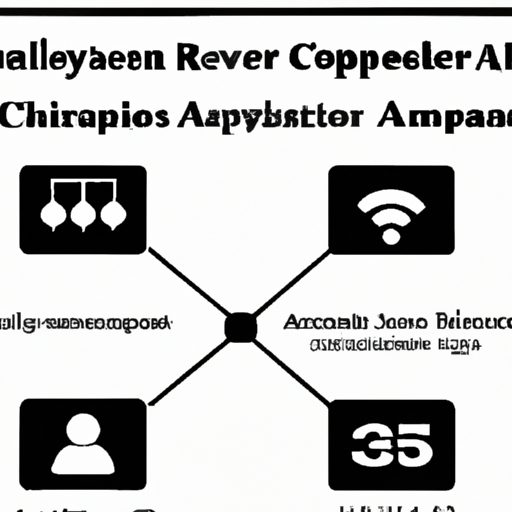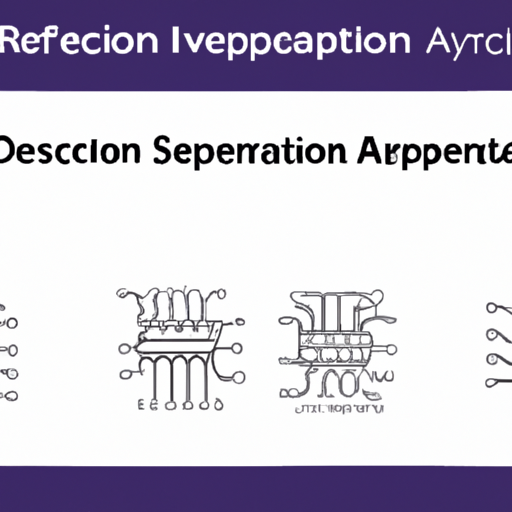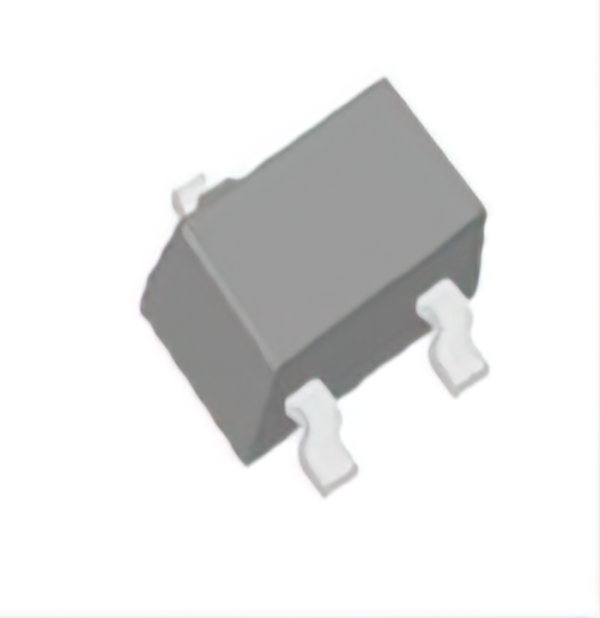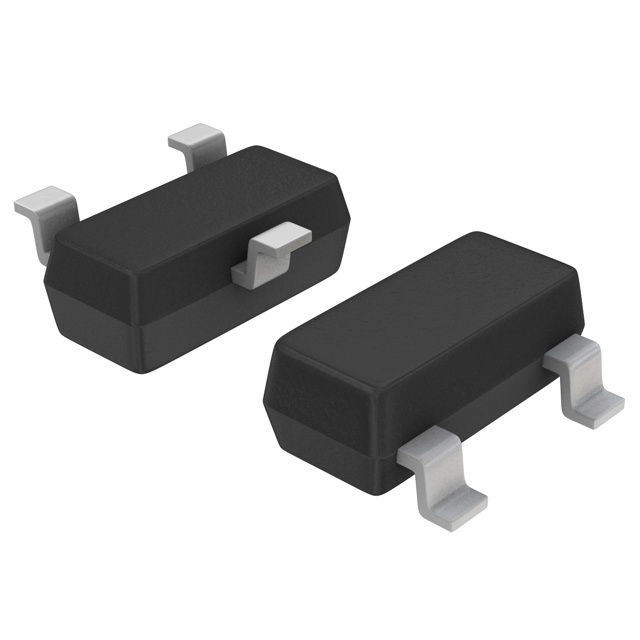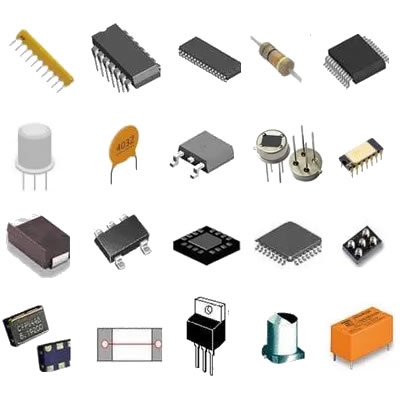CFR-12JB-52-110R Resistors highlighting the core functional technology articles and application development cases of Resistors that are effective.
Core Functional Technology of Resistors
1. Basic Functionality: Resistors are passive components that impede the flow of electric current, thereby controlling voltage and current levels in a circuit. Their primary function is to provide a specific resistance value, measured in ohms (Ω), which determines how much current will flow for a given voltage according to Ohm's Law (V = IR).
| 2. Types of Resistors | |
| 3. Material Composition | Resistors are made from various materials, including: |
4. Power Rating: Each resistor has a power rating, typically measured in watts (W), indicating the maximum power it can dissipate without overheating. The CFR-12JB-52-110R has a specific power rating that must be adhered to in applications to prevent thermal failure.
5. Tolerance: This specification indicates the allowable deviation from the nominal resistance value. For example, a resistor with a tolerance of ±5% can vary by that percentage from its stated value, affecting circuit performance.
6. Temperature Coefficient: This parameter indicates how much the resistance changes with temperature. A low temperature coefficient is desirable in precision applications to ensure stability across varying environmental conditions.
Application Development Cases
1. Voltage Dividers: Resistors are integral in voltage divider circuits, which are used to create a specific output voltage from a higher input voltage. This is particularly useful in sensor applications where a precise voltage level is required for further processing.
2. Current Limiting in LED Circuits: Resistors are used to limit the current flowing through LEDs, preventing them from burning out. Selecting the correct resistor value ensures optimal brightness and extends the lifespan of the LED.
3. Signal Conditioning: In analog circuits, resistors work alongside capacitors and inductors to filter signals, shape waveforms, and stabilize feedback loops in amplifiers. This is crucial for maintaining signal integrity in audio and communication systems.
4. Pull-Up and Pull-Down Resistors: In digital circuits, resistors are used to define logic levels for inputs to logic gates. Pull-up resistors connect inputs to a high voltage when inactive, while pull-down resistors connect them to ground, preventing floating inputs that can lead to erratic behavior.
5. Temperature Sensing: In thermistor applications, resistors are used to create temperature sensors that provide feedback for temperature control systems in HVAC, automotive, and industrial applications. The resistance change with temperature allows for accurate temperature readings.
6. Power Supply Circuits: Resistors are employed in power supply circuits to create load conditions, stabilize voltage levels, and manage power distribution in electronic devices. They help ensure that circuits operate within their specified voltage and current ranges.
Conclusion
Resistors, including specific models like the CFR-12JB-52-110R, are fundamental components in electronic circuits, serving various critical roles from current limiting to signal conditioning. Their versatility and essential functions make them indispensable in a wide range of applications, from consumer electronics to industrial systems. Understanding their core technology and application cases enables engineers to design more effective and reliable electronic systems, ensuring optimal performance and longevity.


